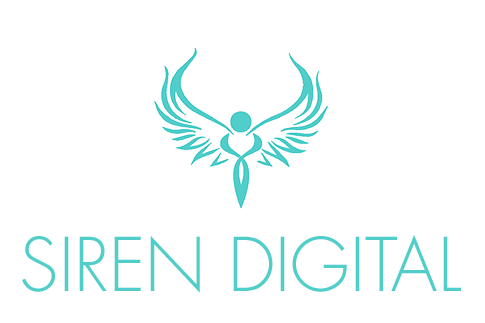Success on the Web Part 1: Finding and Briefing Your Web Designer
By  Amy Fowler
Amy Fowler
The importance of getting your company website right cannot be overstated; it is your online resume, portfolio and brochure; it enables your business to be found by anyone, anywhere and at any time, and gives you a springboard from which to build an online presence in your industry space. But creating a website from scratch can feel like an insurmountable task, especially if you have little design or technical experience on your side.
You may be concerned about how you will find the right person to design and build your website. You may be anxious about cost. You may worry about spending a lot of money for a product that may not be right. These are all very normal concerns to have, and are concerns that many small businesses struggle with every day.
Finding the right web designer is important. Don’t just go with the first recommendation or ‘friend of a friend’ you come across. Run a Google search for designers in your area. Search by keyword on LinkedIn. Or talk to your marketing consultant who can help pass you on to a professional that can help. Shop around, and make an informed decision based on the designer’s past work. It’s even better if they have done websites for companies in your industry that you rate.
Once you have found the right designer, success isn’t guaranteed. You won’t end up with a website you are happy with until you have communicated your ideas as thoroughly as you can to him or her. Your brief is of crucial importance, and it can evolve as you discuss what is possible with your designer, but the more thorough it is in the first place, the better a product you will end up with.
A very useful exercise is to pick five of your major competitors, ideally similar size companies to yours (although looking at sites outside of your industry that you really admire can also help). Using a piece of A4 paper, draw a line down the middle, titling the first column ‘likes’ and the second column ‘dislikes’. Now take a thorough look through each of your chosen websites and note down everything you like and dislike about them. Be critical and thorough, looking at things like:
- How images are used
- Their branding – logo, company colours, other graphics
- Layout
- Functionality
- Ease of navigation
- Tone of voice
- Is the content up to date?
- Does the website create trust in the company?
- Is it immediately obvious what the company does?
- Are they easily contactable?
- What other elements do they include (e.g. social media, newsletter signup, live chat, online payment)
There may be many more elements besides these that you like or dislike about your competitors’ sites. Note these down as well.
Now it’s time to organise your thoughts into a clear brief for your designer.
You can read the rest of my guest post on the Consultancy Hub website.



